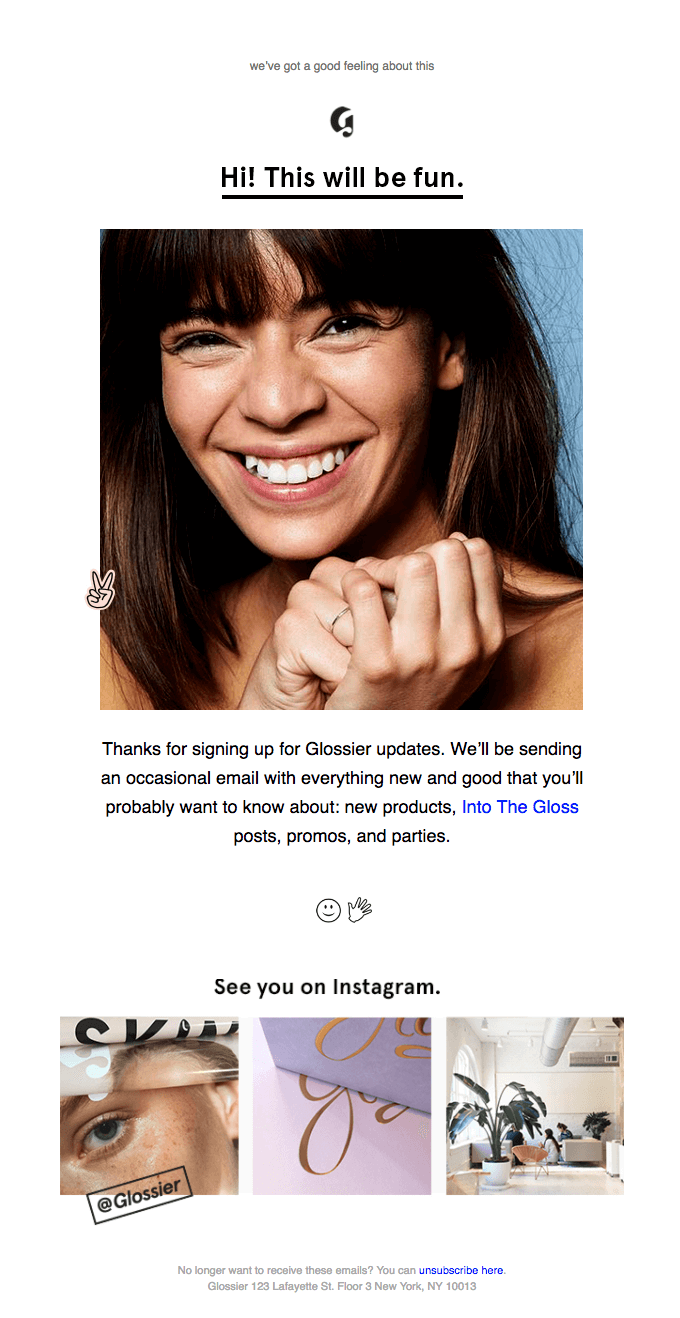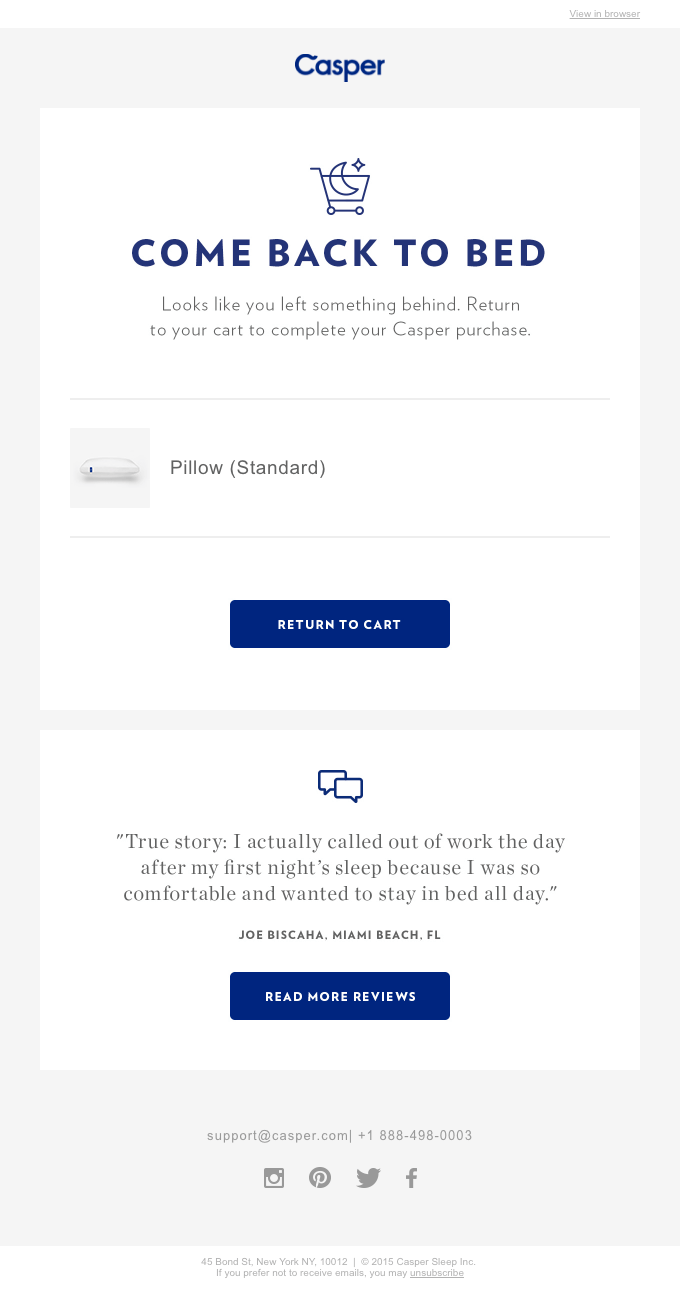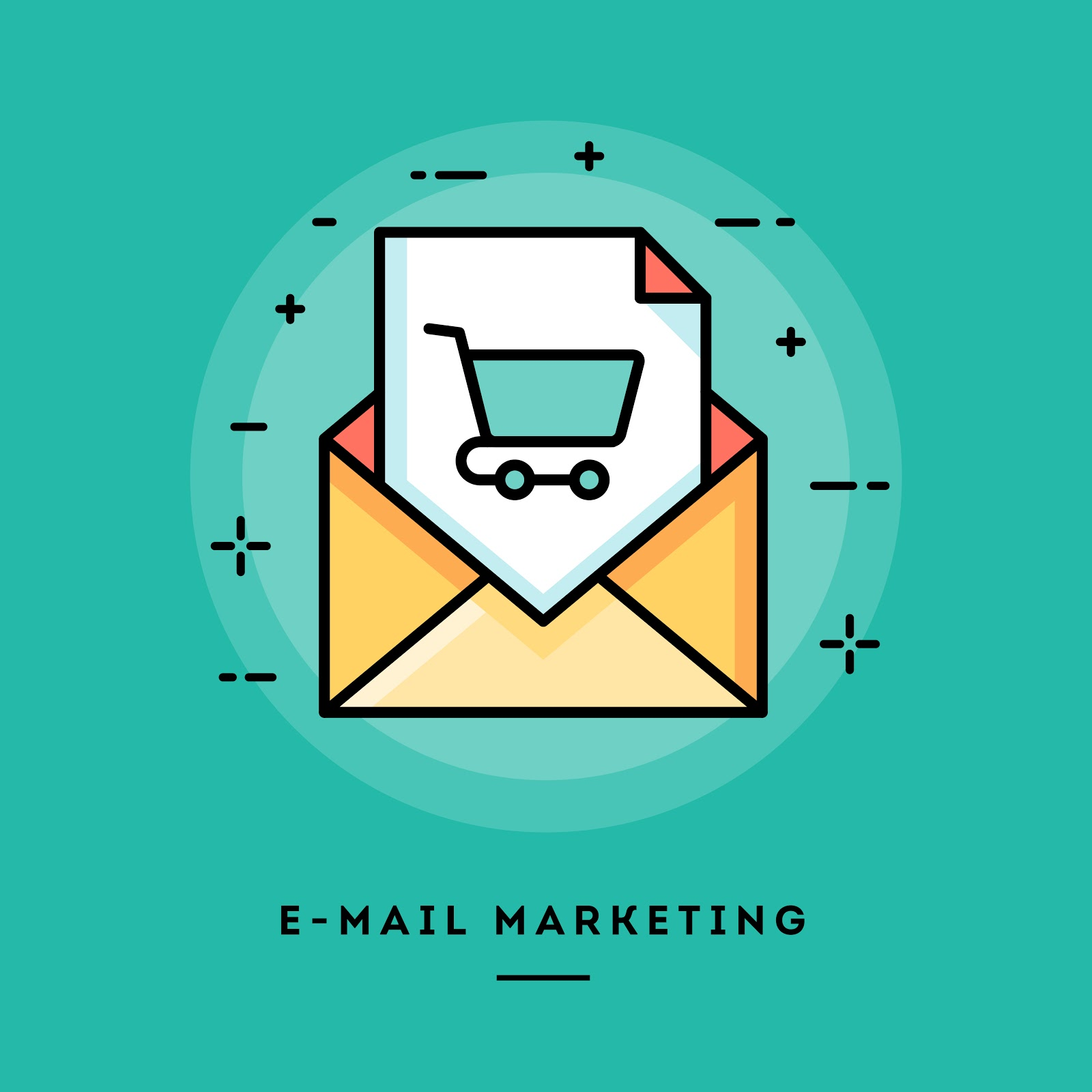I needed to buy a skirt suit, so I went into a popular boutique in the suburb to get one.
As I entered into the shop, the shop attendant greeted me and started showing me their latest shoes and bags.
I told him, No. I was not looking for shoes and bags. I need a skirt suit. So, I went to the clothing section and started searching for it.
This is what most marketers and business owners do.
You create generic e-book no one is interested in reading. You give out as a free resource to get visitors to opt-in to your email list. But it is not converting as much as you need.
It used to work in those days, but nowadays, visitors are getting smarter. The conversion rate of a generic free e-book or report is becoming very low.
The reason is: The free e-book you offer your visitors has nothing to do with what they are looking for at the moment. It is like the latest shoes and bags that had nothing to do with what I wanted to buy at the boutique, so I ignored it.
This is the major reason why businesses are getting low conversion rate. According to Econsultancy, about 22% of businesses are satisfied with their conversion rate. That is a very low percentage.
The answer is a Content upgrade.
What is a Content Upgrade?
A content upgrade is a free resource you offer to your readers in exchange for their email address. It is not the typical same opt-in boxes you have at the sidebar, middle or end of the page. It is much more relevant, related and targeted to your audience.
When you offer your visitors something that fits in with what they are looking for on your website, they are likely to opt in. It works like magic.! You don’t need to shove it in their faces or compel them to take the desired action. They see the value of what you are offering and simply download it.
Why content upgrade works?
Content upgrade works because it is extremely related to your blog post. It provides value to your readers right when and where they need it. This makes it irresistible for your readers to by-pass it. It doesn’t affect your SEO in any way. It will rather increase organic traffic to your websites.
It will amaze you that:
Brian Dean of Backlinko used a content upgrade on his popular post and boosts his conversion by 785%.
Pat Flynn of smart passive income also boosts his email opt-ins by 500% per blog post with content upgrades.
According to Pat Flynn, “What is working even better today are smaller, unique, bite-sized lead magnets that directly relate to what people are already consuming”.
Examples of content upgrades
Below are examples of content upgrades from top marketers:
Brian Dean of Backlinko:

Neil Patel of Quicksprout
![]()
Pat Flynn of Smartpassiveincome

Bryan Harris of Video Fruit

You can see how simple it looks. It works wonders, especially when you put it at the beginning, middle and end of your blog post.
List of popular Content upgrade resources
There are different kinds of content upgrade resources you can use for your blog post:
They include:
- Free PDF download of your blog post.
- Checklist of your post
- Worksheet – showing how to implement a strategy
- Video tutorial
- Bonus tips- That is not included in the blog post
- Template – Fill in the blanks
- Quick start guide
- Transcripts of Video or Audio content
- List of tools and resources
- Cheat sheet etc.
How to create content upgrades for your blog post
Creating a content upgrade for your blog post is not a difficult process. Follow the steps below:
- Get a content upgrade tool
There are different kinds of free and paid content upgrade tools you can use for your blog posts. Paid tools you can use include thrive leads, Leadpages, Optinmonster, etc. Free plugins for WordPress blog posts include Mailmunch, Forms by opt-in cat, Contentupgrader, etc.
Pick the best tool and read up on the review to enable you to choose the best one that will suit your blog posts.
- Search for pages on your website that attracts lots of traffic.
You can use a content upgrade for new posts to enable you to maximize lead generation. You can also use it to boost your existing content, especially, those content that is attracting a lot of traffic. This will boost your conversion rate on such posts. As cited above, Brian Dean used a content upgrade on an old post and boost the conversion by 785%. That is amazing!
You can find most of your high trafficked pages on Google analytics. Go to Behavior – site content – landing pages.

- Choose a content upgrade resource that will improve your content
Now that you have your content ready, read through each one of them and choose the suitable resource for each. For example, a checklist is good for how-to guides and list posts. PDF resource is great for blog post series. Slideshare presentation or Youtube video is good for case studies, etc.
- Create your content upgrade Resource
This is the major part that really needs attention. You need to create a high-quality resource to keep your leads in your email list. It takes a lot of time to create content upgrade resource. This is because you need to create a unique bonus that is specific to each post. It needs to impress your leads. There is a saying that goes: the first impression matters a lot.
Thus, you need to take your time to create the content resource that your leads will value. To do this, you need a good content writer that can use Canva or any design website. They will work on your existing content and bring out a content upgrade resource that is enticing and attractive to your readers.
Once you get this stage right, you can proceed to set up your content upgrade through your email tools.
- Create a good call to action for your content upgrade
Now, that you have your content resource at hand, it is time to give it away. But, you need an enticing call to action to propel your readers to give you their email. I am sure you have seen a lame call to action like “sign up for our free ebook”. This would not work here.
From the examples of the content upgrade from top marketers above, you will notice call to actions like:
“Exclusive bonus: Download the step-by-step checklist that will show you how to improve conversions using the Content upgrade”
“Check out this infographic containing 21 small things you can do for your audience that can lead to BIGTIME results! It is totally free. Download it here.”
You can customize any one of them to suit your needs. For instance, I can customize the first one to read:
“Exclusive bonus: Download this free e-book that will show you how to lose 10 pounds in 1 day.”
All you need is to ensure that your resource is related to your blog post.
Now that you have your content upgrade all set up, you will start noticing an increase in the number of subscribers coming from the pages.
Author : Hephzy Asaolu
This article originally appeared on HephzySocial




























